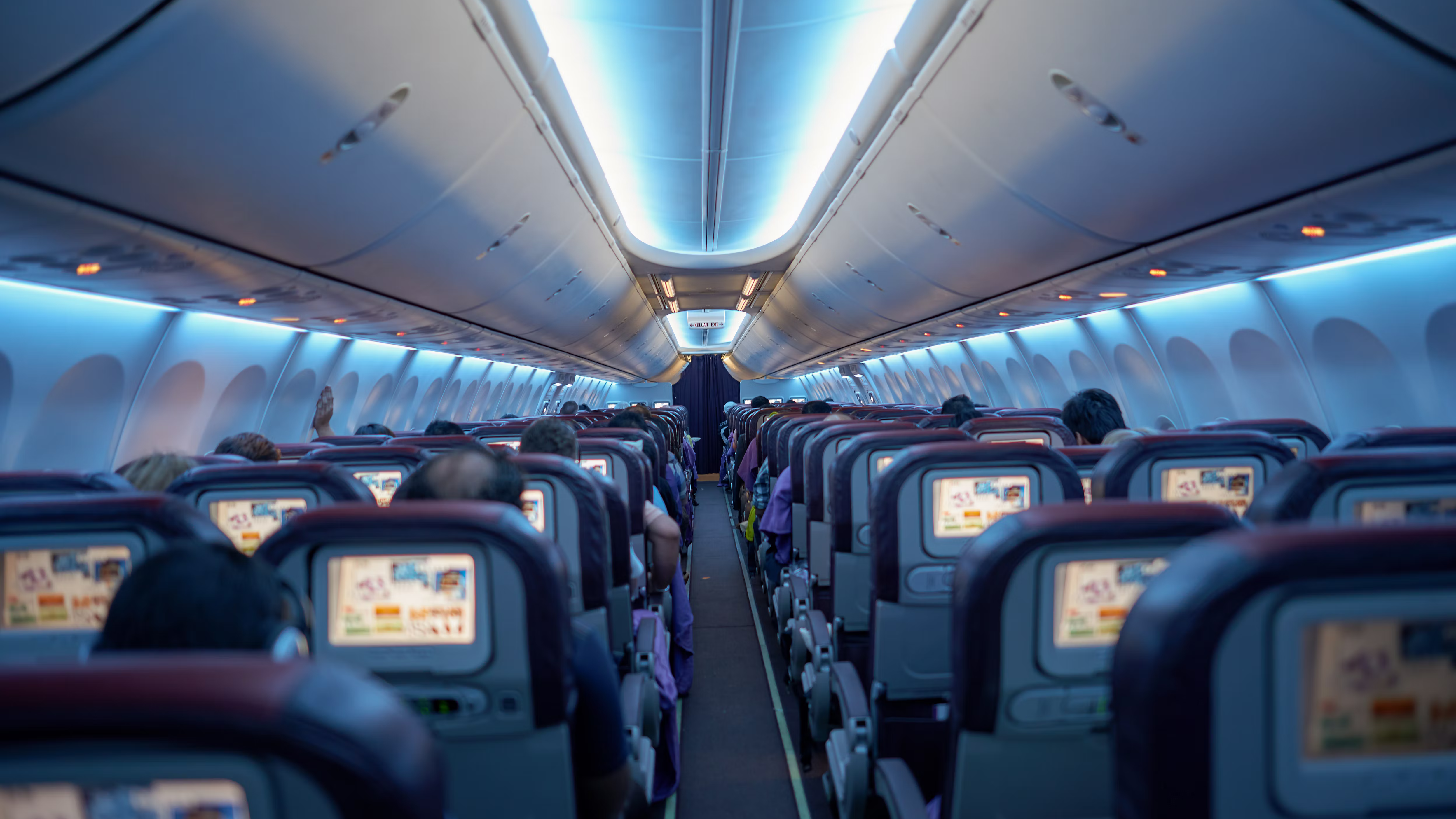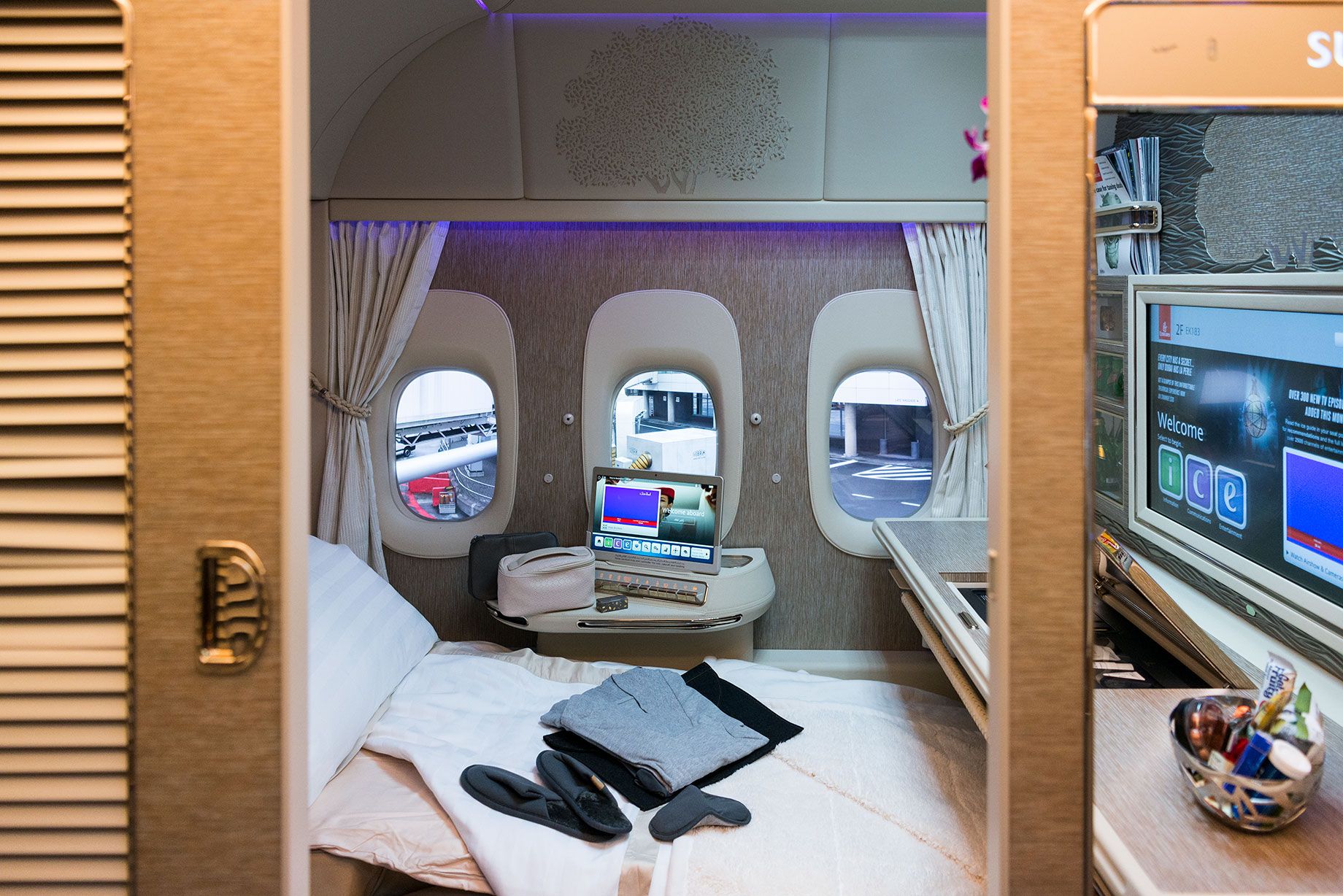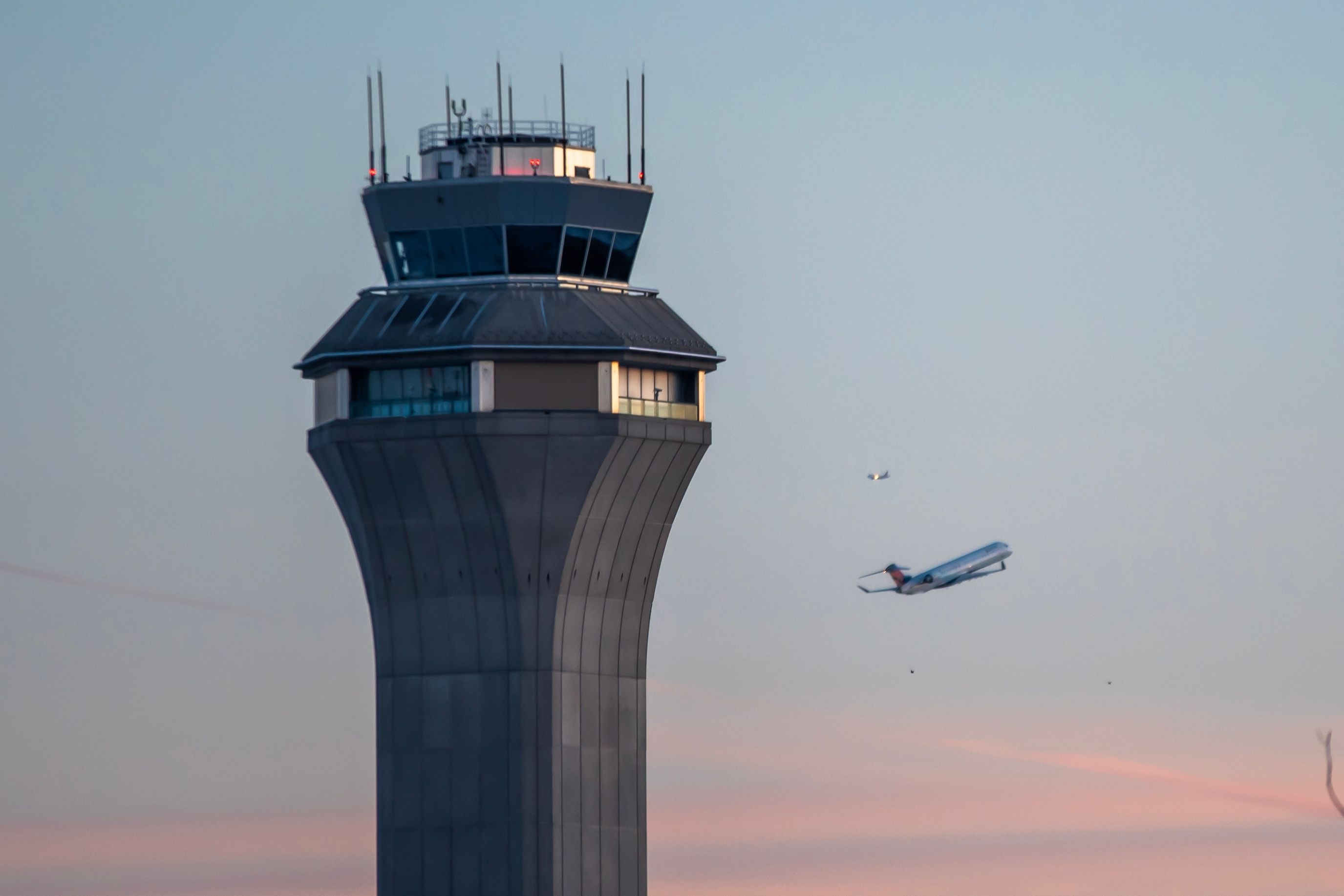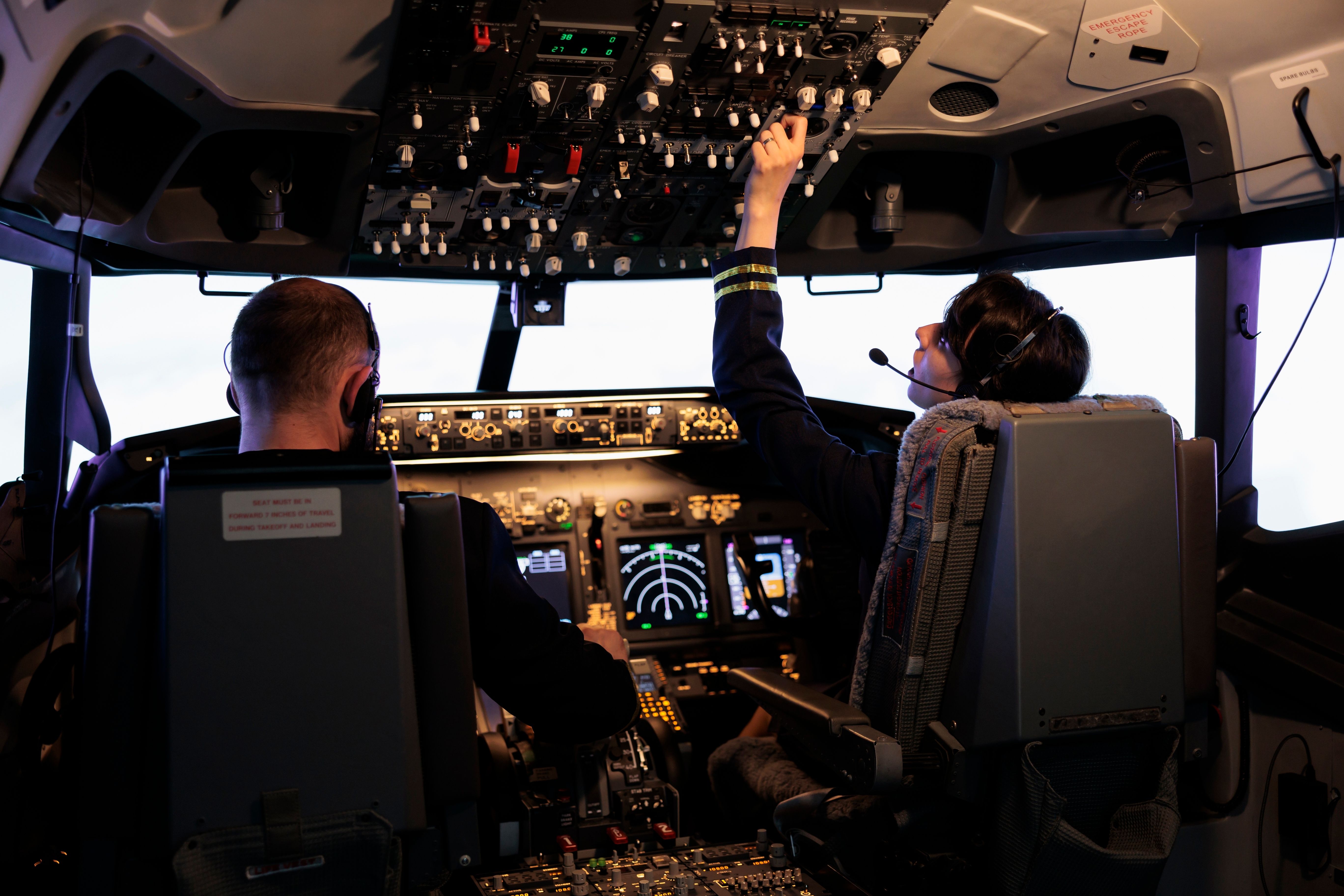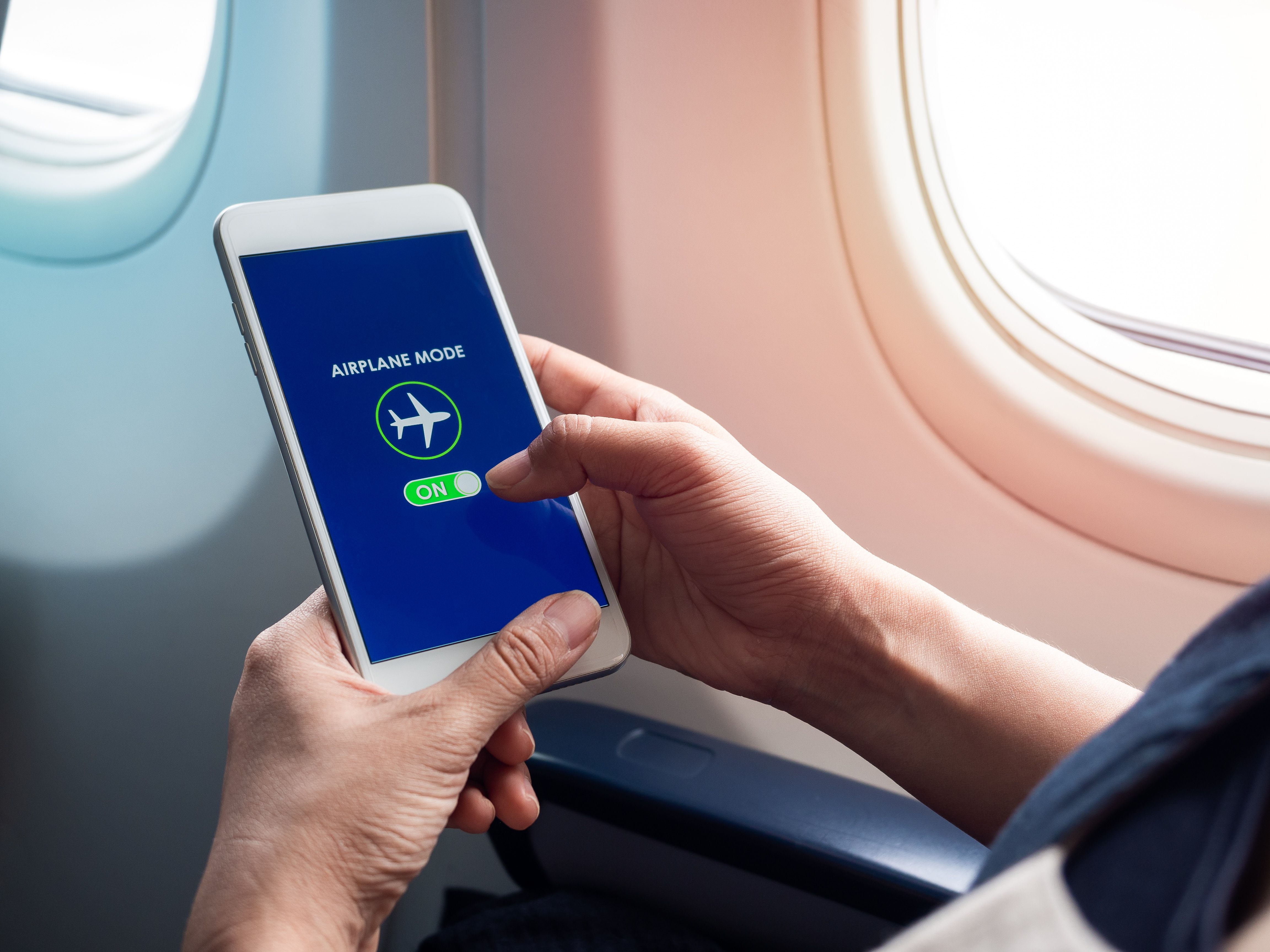Summary
- Airplane mode prevents interference with aircraft communication devices and radio altimeters, ensuring clear communications for pilots.
- The switch to 5G raises concerns about interference from ground antennas, but aircraft radio altimeters are protected.
- Forgetting to turn on airplane mode is unlikely to cause a crash, but it's best to comply with flight regulations for safety.
Have you ever wondered why flight attendants instruct passengers to put their phones in Airplane Mode before departure? This is true for all smartphones, tablets, and laptops. How would a small electronic device hinder aircraft systems?
In the early days of smartphones and smart devices, these had to be completely switched off during the entire flight time. It was much later that modern devices came with the option of the "Airplane Mode", which can be turned on during takeoff and landing. With the significant advancement in technology, why do passengers need to turn on the Airplane Mode?
This article explains the reasons behind the aviation requirement to turn off or switch electronic devices to Airplane Mode and highlights the importance of doing so. While future technology may omit this requirement altogether, it is in place for now.
The effects of wireless communication
There have been many reports by flight crews of wireless devices causing disruptions to the aircraft autopilot and malfunctions to other critical systems. According to Live Science, in 1992, the Federal Aviation Administration (FAA) asked the Radio Technical Commission for Aeronautics (RTCA) to investigate the interference of mobile devices, but the latter found no tangible evidence. However, it still suggested restrictions on the use of phones during flights.
As such, the rules on device usage are more associated with interference with ground networks. Airplane mode prevents your phone from interfering with the plane's electronic communication devices and radio altimeters. The aircraft's communications and navigational systems utilize radio signals from the ground. These signals may be susceptible to mobile phone and tablet interference as they use the same frequencies.
Because of this, a mobile phone can inadvertently pick up a signal, causing cross-talk or adjacent-channel interference. The same is evident when you are listening to the radio in your car and cannot hear the broadcast clearly because a signal from another radio station interferes with it. Because of safety, pilots need clear communications, and an errant telephone call on your mobile can compromise that.
Once in airplane mode, your phone will stop receiving radio signals, texts, calls, access to webpages, and email. Text messages or other data already downloaded and stored are still accessible.
Concerns around 5G
Setting your phone to flight mode is even more critical nowadays as service providers switch to 5G. With 5G, even though planes fly at over 30,000 feet, the signals generated by ground antennas could interfere with the aircraft's radio altimeters. During the aircraft's descent and landing, interference from a mobile device could lead to the pilots not knowing how far they are from the ground.
This has little to do with phone usage but more with cell towers. Recently, the Federal Communications Commission (FCC) gave service providers the green light to install 5G towers near US airports, raising concerns about flight disruptions. However, this is not an issue for aircraft whose radio altimeters are protected against 5G interference.
This may now have you wondering why it is possible to have inflight Wi-Fi if the signals can interfere with communication devices and altimeters. The answer is simple; inflight Wi-Fi is provided by satellites, not antennas on the ground. You may have noticed that switching on other services like Bluetooth and Wi-Fi is still possible while flight mode is on.
What if I forget to turn on airplane mode?
Obviously, several flights still take off and land safely with passengers having not turned on airplane mode, but there is a possibility of that changing for Android users. According to the Android Authority, Google is looking to develop a 'Connect Flight Mode' feature allowing smartphones to automatically switch to airplane mode after boarding a flight.
In conclusion, while the chances of you causing the plane to crash are remote, you do not want to chance it. At the end of the day, all flight regulations are meant to ensure the safety of passengers and crew, so it is always best to comply.
Do you always put your phone in airplane mode when flying? Please let us know in the comments.

